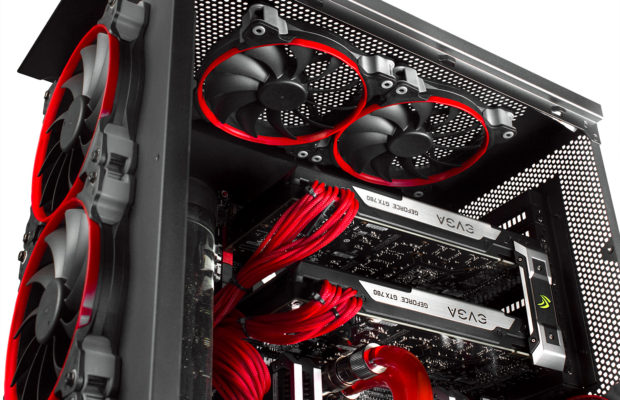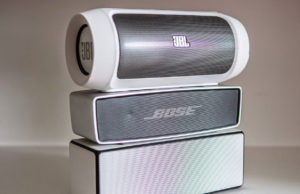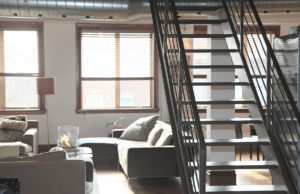DIY PCs: Why Not Give It A Go?

A DIY PC is a computer that is built and not bought by the person who intends to use it. It is a computer that the user assembles and creates themselves. It is a computer that is brought to life through patience and tech know-how on their part. Most of all, it is brought to life through a desire on their part to challenge themselves in the world of modern DIY. But, even though building a DIY PC is challenging, it doesn’t necessarily have to be too much of a challenge. Well, it doesn’t have to be too much of a challenge if you follow the advice below.
If you wish to take the DIY PC venture, then first of all you will need to source all the parts and components needed for it. On sites such as https://www.icrfq.com/ you will find all the electronic components you need to source, so you need not even leave your home at this point. And when on this site or a similar site that distributes the components needed, you need to look for a few very specific things. First of all, you need to find components that will help you to build the ‘brain’ of your computer: the processor. You need to find components that will help to facilitate it having a fast clock speed and operating frequency. You need to find components that will allow it to work with a large cache. And you need to find components that will provide your processor with a threads and cores. If you really want your computer to be both quick when it comes to operating and quick to retrieve memory — and if you want it to in fact have a large memory — then you need to source components that facilitate this within the processor. And something that you should also bare in mind when it comes to your processor is that there are two brands that build and offer them: Intel and AMD. So, you have to choose the one that is right for your computer’s needs. To help you decide on the right one for you, check out this article.
However, there are more pressing issues that must be covered at this stage of the build, and that is keeping the processor cool when it is operating. A processor is only going to work as well as its cooling systems do; without a good cooling system, it will overheat. Overheating can then potentially lead to the blowing up of your processor and subsequently your whole computer, and you don’t want that, do you? So, source components that will keep it cool. Once such component is a heatsink. When this is fitted to your processor you will see the potential for it to work both effectively and over an elongated period of time double. It will allow it to do what it both wants to do, and what it needs to do in order to make your computer work the way it should do. One such thing that a heatsink will allow your processor to do is run multiple programs at a time. Imagine using a computer where you can only do one thing at a time. It wouldn’t be very fun or useful, would it? So, ensure you don’t forgo the very important factor of DIY PCs that is the heatsink. And, whilst you’re at it, don’t forget thermal paste either. This paste acts as a heat conductive when it sits between your processor and heatsink. This paste is absolutely vital if you want your heatsink, and then subsequently your processor, to work the way you want them to simply because it dissipates the heat between them. Once you’ve sourced your thermal paste, make sure to click here for tips on how best to apply it.
But building your own computer isn’t just about the processor. Like when it comes to the human body, the brain can only do so much. Yes, it may be very important, but it still needs a nervous system working alongside it. And the nervous system of a computer is undoubtedly its motherboard. Every computer needs a motherboard, even your DIY PC. But, when it comes to choosing the right motherboard for you, you need to be tactful with what you buy. You need to be tactful because sourcing the wrong one and fitting it will likely lead to your DIY PC becoming irreparably damaged. First and foremost, you need to find a motherboard with a socket type that matches that of your processor. When the two very important factors of your computer, the processor and the motherboard, don’t match in this sense then your venture will be over even before it has taken off. Only when you’re sure that the motherboard’s sockets match your processor’s sockets can you start fitting and installing your motherboard.
If you’ve come to a point in your life when you’re not just happy to use technology anymore, but you want to build it also, then building your own computer is the perfect place to start. It is the perfect place for technology building novices to start on their building venture simply because there is a lot of room for error when doing it. Yes, there are point in the build where irreparable damage can occur. But for the majority of the time there is a lot of room for error. In fact, a lot of the time the components that are supposed to be connected will fit together perfectly. This mean that when something just isn’t fitting to something, it’s probably a sign that you’re doing something wrong. So, go and source the components you need and build your DIY PC. And when you get more confident in your technology building capabilities, why not take to building your own gaming PC? Just make sure that whenever you build, and whatever you build, you do your building as far away from carpet as possible. If not, then you’ll be faced with the problems caused by static electricity!













 © 2024
© 2024
0 comments